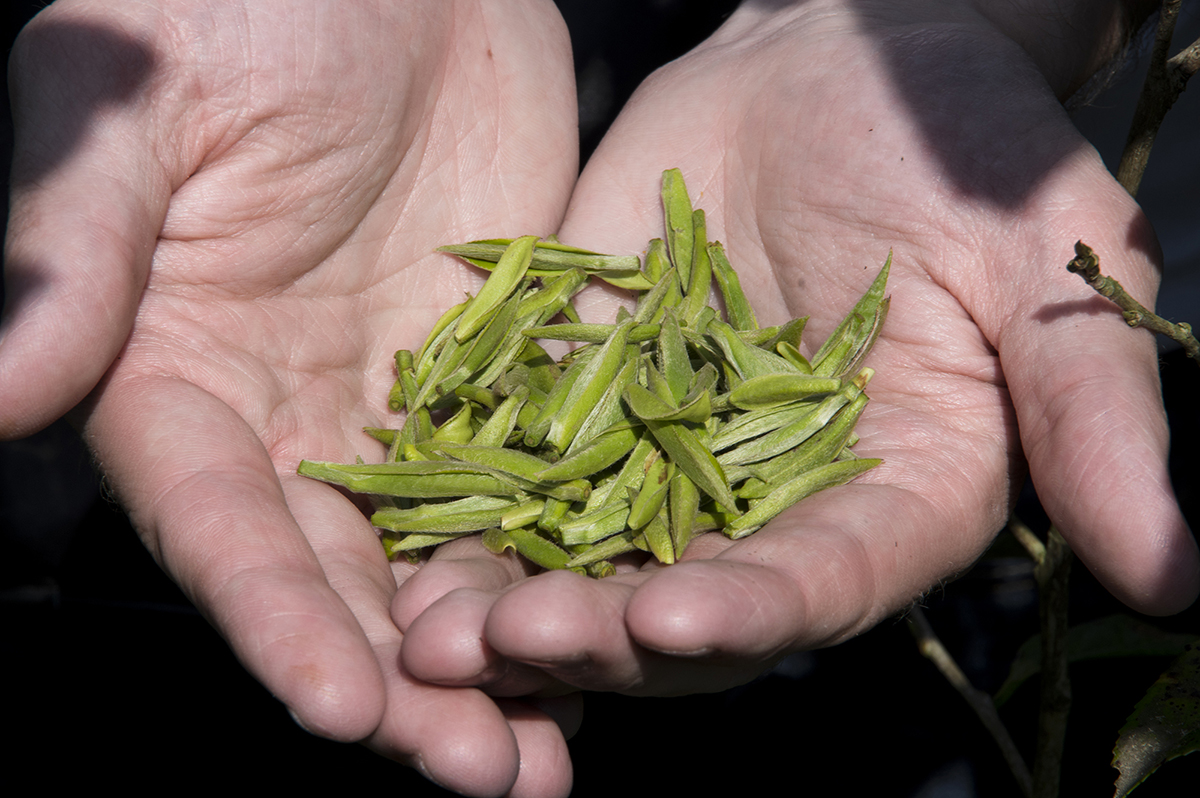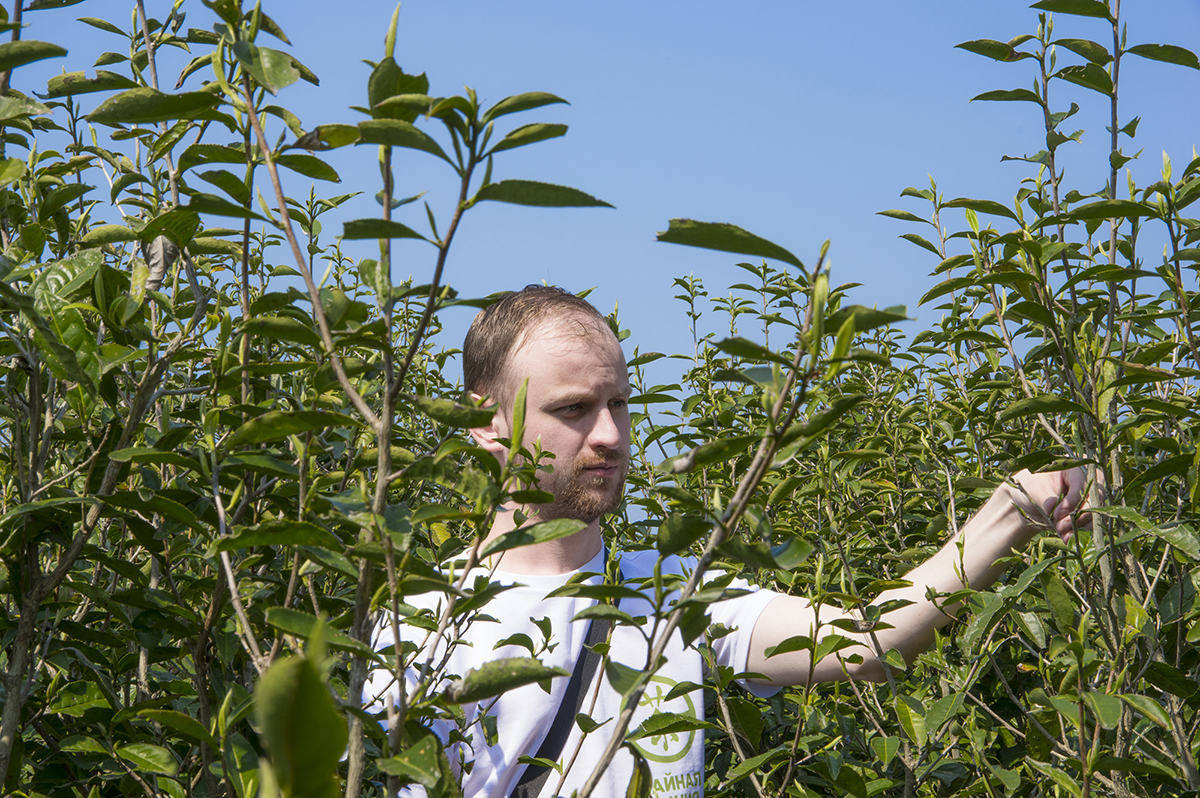Tea harvest seasons
Whether tea will be good or... very good depends to a large extent on natural conditions, and since the four seasons even in hot countries have some differences, tea collected in different seasons is also very different.
Spring tea
The period from January until the Qing Ming ("Purity and Clarity") festival is the season for harvesting spring tea. Tea trees, after their winter rest, when their growth processes slow down, begin to produce new buds. Having rested over the winter, with the arrival of heavy spring rains and general warming, the buds and leaves begin to swell and turn emerald green. Delicate and soft leaves appear, which are filled with freshness and carry a lively and rich aroma.
Processed spring tea has a fairly dense texture, a strong aroma and swollen stems in those types of tea that have them. Because spring tea is dense and weighty, it sinks quite quickly during brewing. The aroma of spring tea lasts a long time, and the taste is very rich and sweet. The infusion is exceptionally clean and transparent, and the used tea is tender and dense. The veins on the leaves are very thin, and the teeth along the contour of the leaf are poorly expressed.

Summer tea
The first harvest is from mid-May to the third decade of June. The second harvest is from the first decade of July to mid-August. The end of June is called "empty" time.
The summer tea harvesting season falls on the hottest time of the year. The leaves on the tea tree develop very quickly, and therefore there are relatively few substances that dissolve in the infusion. As a result, the aroma of summer tea is not as rich, and the taste does not have, like spring tea, a feeling of freshness and fullness, but, on the contrary, acquires greater strength and power.
Since summer tea contains more catechins and theine, it is most suitable for creating red teas and Taiwanese Oolongs with white hairs, which have a rather sharp taste and dark color.
As for the appearance of summer tea, its texture is not as dense as that of spring tea, the leaves are lighter, the stalks are thick and long, the buds are often covered with fluffy hairs, and the smell of tea is somewhat rough. Since the weight of summer tea is lighter, it sinks more slowly, the aroma is released quite heavily, and the taste has some bitterness and astringency. Used tea is thin and hard, the upper bud is poorly expressed, a large number of opened leaves with fairly thick veins, and teeth are clearly visible along the edge.
Autumn tea
It is collected from the beginning of September to the middle of October. It is popularly called "white bamboo shoots". In terms of quality and price, autumn tea is between spring and summer tea. The buds of tea trees that have already been collected twice contain fewer components. In terms of taste and aroma, autumn tea occupies a middle position between "spring freshness" and "summer strength".
The size of the finished tea is not uniform, it is quite light, the smell is weak and even. There is a slight bitterness in the taste, although, of course, much less than in summer tea. The size of the leaves of the used tea is not uniform, and the edges are clearly serrated.

Winter tea
The harvest time is from late October to late November. Winter tea, like spring tea, is excellent in quality. And although the taste and aroma are not as pronounced as spring tea, its aroma is more subtle, and the absence of bitterness is its great advantage.
The color of the finished tea is usually light green. At the "rough tea" stage, it is quite uneven in quality and color in the general mass, but this problem is solved at the selection stage.




